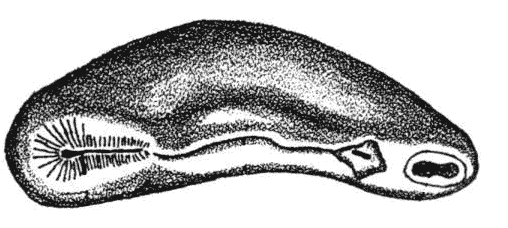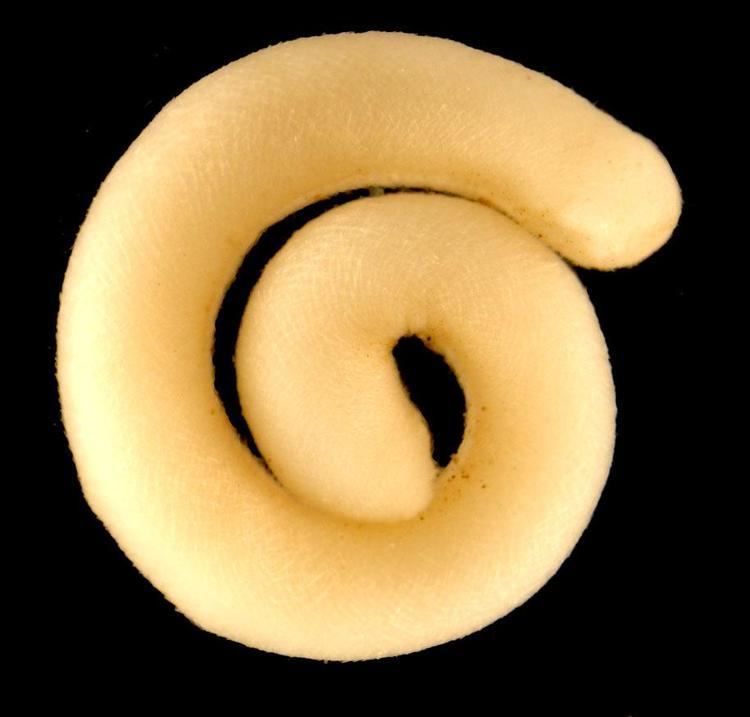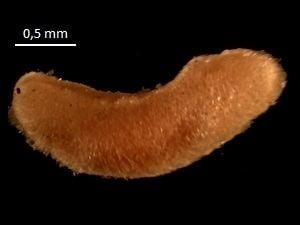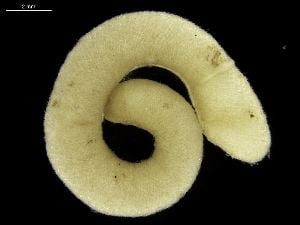Scientific name Solenogastres | Subclass Solenogastres Higher classification Molluscs Rank Class | |
 | ||
Similar Caudofoveata, Molluscs, Aplacophora, Monoplacophora, Tusk shell | ||
The Solenogastres (less often referred to as Neomeniomorpha), common name the solenogasters, are one subclass of small, worm-like, shell-less molluscs (Aplacophora), the other subclass being the Caudofoveata (Chaetodermomorpha).
Contents

Some recent literature, and recent molecular evidence, indicates that the Aplacophora may be polyphyletic, and therefore these taxonomists divide Solenogastres and Caudofoveata into separate classes.

Morphology

In contrast to all other molluscan classes, the Aplacophora have no shell, and are instead covered by aragonitic sclerites (calcareous spicules), which can be solid or hollow. These spicules can be arranged perpendicular to one another within the cuticle to form a skeleton, or can stick up to form a palisade, or can lie flat against the cuticle.

80% of solenogaster species have a radula, while in others it is secondarily lost. The radula may bear one or more teeth per row; where there is more than one tooth, there is no central radular tooth. The radula grows by dividing existing teeth in two, or by adding a new tooth at the centre of the radular row. The salivary glands are very elaborate, and are an important character for taxonomy. Next to the mouth they have a unique sense organ, the vestibulum.
The solenogastres do not have true ctenidia, although their gill-like structures resemble them.
Development
During development many Solenogastres are covered by a spiny scleritome comprising spines or scale-like plates; this has been likened to the halwaxiid scleritome.
Sclerites of Epimenia start out solid before developing a hollow stem that subsequently solidifies.
Diet
Solenogasters feed on cnidaria and ctenophores, either sucking their bodily fluids or eating their tissue. They do not use their radulae to rasp prey, as other molluscs do.
Phylogeny
There is some uncertainty regarding the phylogenetic position of the solenogasters. Traditionally considered to be the most basal molluscan group and the sister group to the Caudofoveata, alternatives to both of these statements have been proposed on various lines of evidence. Indeed, some molecular datasets plot Solenogastres as an outgroup to Mollusca.
